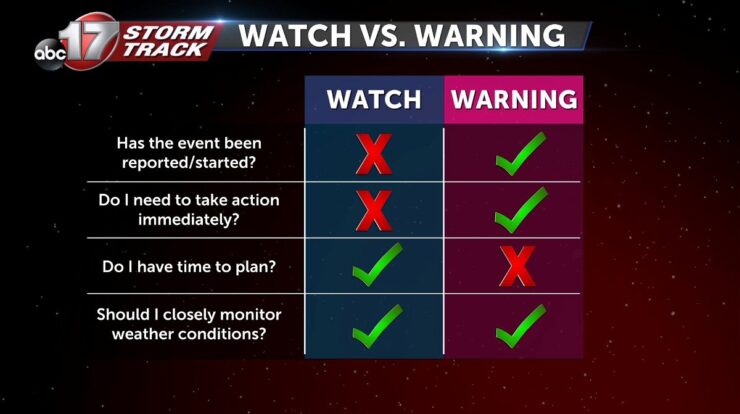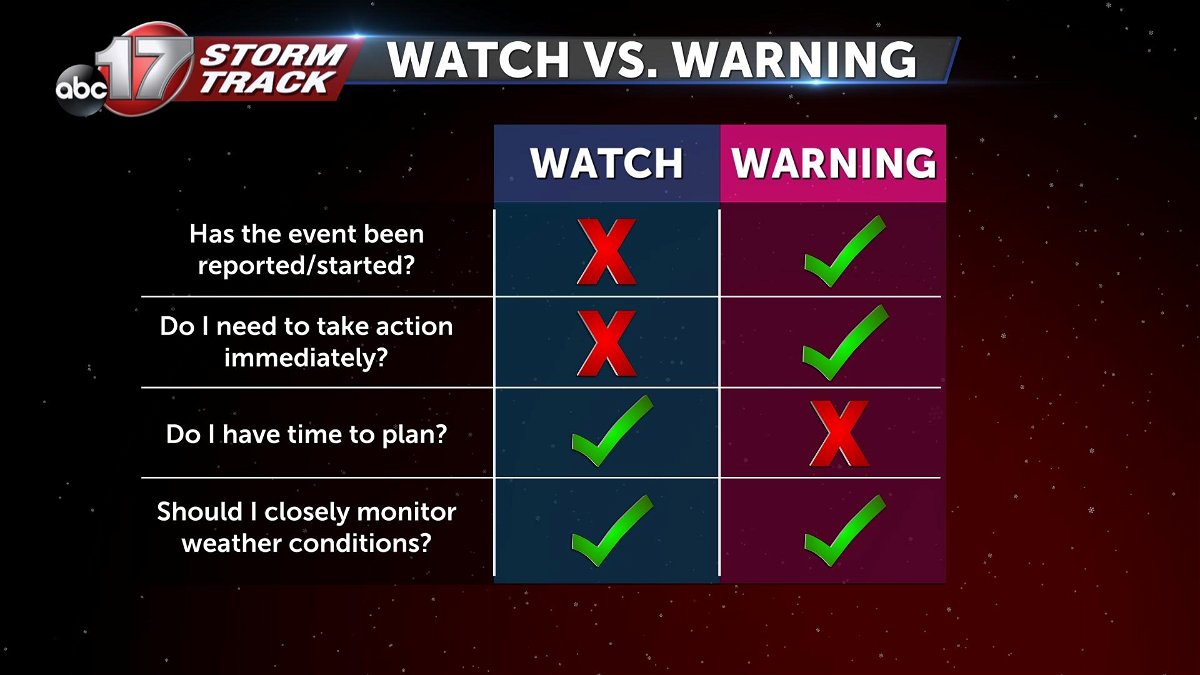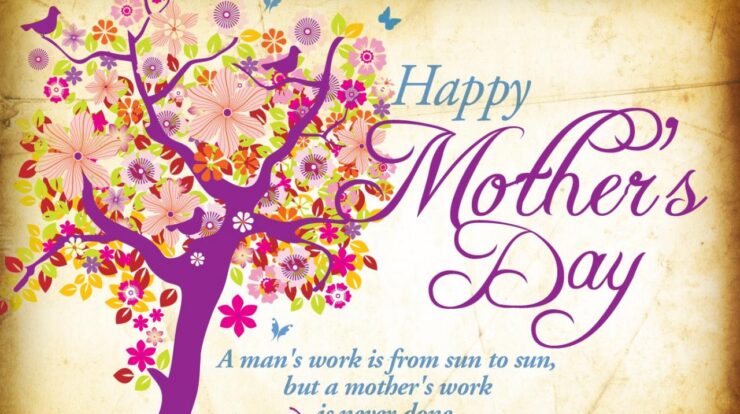
As is watch or warning worse takes center stage, this opening passage beckons readers with gaya bahasa author idntimes.com into a world crafted with good knowledge, ensuring a reading experience that is both absorbing and distinctly original.
If you’re looking for a way to connect with friends and family from afar, check out watch together . This platform allows you to stream movies, TV shows, and other videos together in real-time. Whether you’re catching up on the latest Lakers game ( lakers game watch ) or having a virtual movie night, watch together makes it easy to share the experience.
Delving into the heart of the matter, we will explore the stark differences between a watch and a warning, unraveling the severity and impact associated with each. By examining historical examples and case studies, we aim to illuminate the effectiveness of these alerts and the lessons we have gleaned from them.
Definitions and Distinctions

A watch is issued when conditions are favorable for the development of a hazardous weather event. It does not mean that the event is imminent or occurring, but it serves as an early indication that the public should be aware and prepared.
A warning, on the other hand, is issued when a hazardous weather event is imminent or occurring. It indicates that the public should take immediate action to protect themselves and their property.
Severity and Impact

The severity of a watch or warning depends on the type of hazardous weather event that is anticipated or occurring. Some watches and warnings are issued for events that can cause significant damage or loss of life, such as hurricanes, tornadoes, and floods.
Others are issued for events that are less severe, such as thunderstorms and winter storms.
The impact of a watch or warning can vary depending on the specific circumstances. For example, a tornado warning may have a greater impact on a rural area with few buildings than on a densely populated urban area.
Issuing Authorities and Criteria
Watches and warnings are typically issued by government agencies responsible for weather forecasting and monitoring. In the United States, the National Weather Service (NWS) is responsible for issuing watches and warnings for the entire country.
The NWS uses a variety of criteria to determine when to issue a watch or warning. These criteria include the severity of the expected weather event, the likelihood of the event occurring, and the potential impact of the event on the public.
Public Response and Preparedness: Is Watch Or Warning Worse
When a watch is issued, the public should be aware of the potential for hazardous weather and take steps to prepare. This may include securing loose objects, having an evacuation plan in place, and monitoring weather reports.
For all the basketball fans out there, don’t miss the upcoming Lakers vs Nuggets game ( watch lakers vs nuggets ). Tune in to see two of the league’s top teams battle it out on the court.
When a warning is issued, the public should take immediate action to protect themselves and their property. This may include seeking shelter, evacuating the area, or taking other steps to minimize the risk of injury or damage.
Historical Examples and Case Studies

There are numerous historical examples of significant watches and warnings. One example is the Hurricane Katrina watch and warning that was issued in 2005. The watch was issued several days before the hurricane made landfall, giving residents time to prepare and evacuate.
Another example is the tornado warning that was issued in Joplin, Missouri in 2011. The warning was issued just minutes before the tornado struck, giving residents little time to seek shelter.
Final Review
In the concluding chapter of our discourse, we reflect upon the profound implications of watch and warning systems. By understanding the nuances between these alerts, we empower ourselves to make informed decisions in the face of impending threats. As we navigate an ever-changing world, may this newfound knowledge serve as a beacon, guiding us toward safety and resilience.
If you’re facing a severe weather event, it’s important to know the difference between a watch and a warning ( is watch or warning worse ). A watch means that conditions are favorable for severe weather to develop, while a warning means that severe weather is imminent or already occurring.
If you receive a warning, take immediate action to seek shelter ( is watch or warning worse ).
FAQ
What is the key difference between a watch and a warning?
A watch indicates the possibility of an event occurring, while a warning signifies that the event is imminent or already underway.
Looking for a way to connect with friends and family while watching your favorite movies and shows? Check out watch together , a platform that allows you to stream content simultaneously with others. If you’re a basketball fan, don’t miss the lakers game watch to catch all the action with fellow Lakers enthusiasts.
But before you tune in, make sure you know the difference between a watch and a warning at is watch or warning worse to stay safe during severe weather. And if you’re in the mood for some NBA excitement, head over to is watch or warning worse to watch lakers vs nuggets live.
Who is responsible for issuing watches and warnings?
In the United States, the National Weather Service is the primary authority responsible for issuing watches and warnings.
What should I do when a watch or warning is issued?
When a watch is issued, be prepared to take action if necessary. When a warning is issued, take immediate action to protect yourself and your property.





